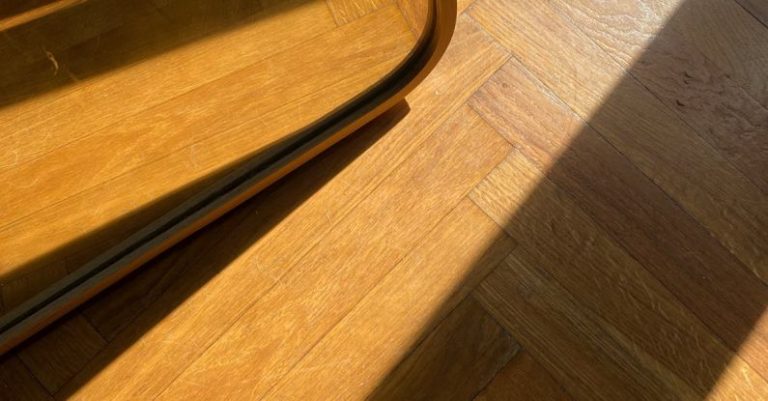Comparing Composite Materials for High-traffic Flooring Applications
When it comes to choosing the right material for high-traffic flooring applications, the decision can significantly impact the longevity and durability of the floor. Composite materials have become a popular choice for such applications due to their strength, versatility, and aesthetic appeal. In this article, we will explore and compare different types of composite materials commonly used for high-traffic flooring to help you make an informed decision for your next project.
Understanding Composite Materials
Composite materials are made by combining two or more different materials to create a new material with enhanced properties. These materials are designed to offer a balance of strength, durability, and aesthetics, making them ideal for various applications, including high-traffic flooring. The most common types of composite materials used for flooring applications include wood-plastic composites (WPC), stone plastic composites (SPC), and luxury vinyl tiles (LVT).
Wood-Plastic Composites (WPC)
WPC flooring is a popular choice for high-traffic areas due to its durability and resistance to moisture. It is made from a combination of wood fibers and plastic polymers, offering the natural look of wood with added strength and longevity. WPC flooring is available in a wide range of colors and finishes, making it a versatile option for various design preferences. Its waterproof properties make it suitable for areas prone to spills or moisture, such as kitchens and bathrooms.
Stone Plastic Composites (SPC)
SPC flooring is another composite material that has gained popularity for high-traffic applications. It is made from a mixture of limestone powder and stabilizers, resulting in a rigid and durable flooring option. SPC flooring is known for its exceptional dimensional stability, making it resistant to temperature changes and ideal for areas with fluctuating climate conditions. Additionally, SPC flooring is highly resistant to scratches, stains, and impacts, making it an excellent choice for commercial spaces with heavy foot traffic.
Luxury Vinyl Tiles (LVT)
LVT flooring is a versatile composite material that offers a wide range of design options for high-traffic areas. It is made from multiple layers of PVC vinyl and a protective top layer that mimics the look of natural materials such as wood or stone. LVT flooring is known for its durability, easy maintenance, and affordability, making it a popular choice for both residential and commercial applications. With advancements in technology, LVT flooring now comes in various textures and patterns, allowing for endless design possibilities.
Comparing Composite Materials
When comparing composite materials for high-traffic flooring applications, several factors should be considered, including durability, water resistance, maintenance requirements, and design options. WPC flooring offers excellent water resistance and a natural wood look but may be prone to fading and scratching over time. SPC flooring, on the other hand, is highly durable and resistant to scratches and stains but may lack the aesthetic appeal of WPC or LVT flooring. LVT flooring combines durability with a wide range of design options but may not offer the same level of water resistance as WPC or SPC flooring.
Choosing the Right Composite Material
When choosing the right composite material for high-traffic flooring applications, it is essential to consider the specific needs and requirements of the space. If water resistance and a natural wood look are priorities, WPC flooring may be the best option. For areas with heavy foot traffic and the need for maximum durability, SPC flooring is an excellent choice. If design versatility and easy maintenance are essential, LVT flooring may be the ideal solution.
In conclusion, comparing composite materials for high-traffic flooring applications involves weighing the pros and cons of each option to determine the best fit for your project. Whether you prioritize durability, water resistance, or design flexibility, there is a composite material that can meet your needs and exceed your expectations. By understanding the characteristics of WPC, SPC, and LVT flooring, you can make an informed decision that will result in a long-lasting and visually appealing floor for years to come.






